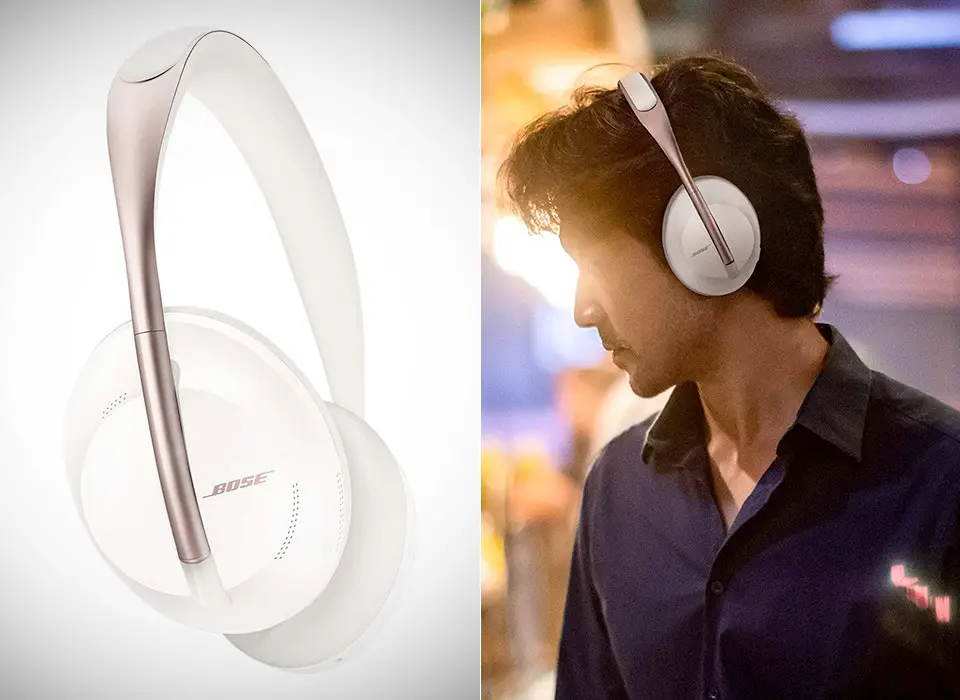AirPods Live Translation: Apple’s Future or Just Another Catch-Up Act?
Hello everyone. Let’s talk about Apple’s latest “revolutionary” idea – and by “revolutionary,” I mean something Google quietly did years ago while Apple fans were still debating the aesthetics of a charging case. Yes, AirPods might soon become real-time translators. Amazing! Groundbreaking! Brace yourself for Tim Cook to describe it as if they just invented language itself.
Here’s the scoop: hidden in the bowels of iOS 26 beta 6, some new imagery shows the word “Hello” in multiple languages along with a cutesy little double-press gesture icon. The file name? “Translate.” Subtle, Apple, very subtle. It’s apparently built into the Translate app, which means they’re putting in-person translation squarely on the menu for AirPods. Specifically, the AirPods Pro 2 and the yet-to-arrive AirPods 4. Of course, this might be tied to their new Apple Intelligence suite, which means they’ll probably make it exclusive to the newest, most eye-wateringly priced iPhones – because nothing says “inclusive technology” quite like an upgrade paywall.
The Not-So-New Frontier
Now, before anyone starts arranging for a Nobel Prize in tech innovation, let’s point out the glaringly obvious: Google Pixel Buds already do this. Yes, live translation via Google Translate has been a thing, working consistently well for travelers and polyglots with the attention span to remember how to pronounce “bonjour” without mangling it. The function is quick, efficient, and doesn’t require sacrificing your mortgage payments to own the right compatible device. Apple entering this space now is like showing up at a raid boss fight after the loot has been distributed and telling everyone you came for “the social experience.”

The Execution Gamble
Of course, Apple’s strength has never really been in inventing something brand new. No, their dark magic lies in polishing existing ideas until they gleam like a freshly sterilized scalpel. They can take something mundane and wrap it in expensive marketing and a smug aura of inevitability. If they nail this, in-person multilingual conversations could genuinely become seamless. Imagine slipping on your AirPods and chatting away in Japanese with your sushi chef without bungling grammar like a Level 1 noob stuck without a tutorial prompt. If they mess it up, though? Well, then we’re talking more “lost in translation” than “breaking language barriers.”
Possible AI Shackles
But hold on – if Apple ties this into Apple Intelligence, there’s a plot twist worthy of a conspiracy board full of red string: what if they limit it only to devices with the new AI chip? In doctor terms, that’s like developing a miracle cure but only dispensing it to patients wearing a brand-new Rolex. Yes, it keeps things fancy, but let’s not pretend this “exclusivity” is about performance. It’s always about pumping hardware sales. Hardware-locking a software feature is the business equivalent of spawn camping your own customers.
The Final Diagnosis
As a tech doctor, my prescription here is clear: Apple’s AirPods Live Translation feature has potential, but it’s not curing any new disease. Right now, it’s a patient in stable condition – not groundbreaking, but with the right care, it could live a long and useful life. Until Apple proves they can match or beat Google’s already established system, this sits firmly in the “we’ll see” category. And yes, the timing says everything: this is less “new medicine” and more “we saw the neighbor’s treatment and decided to try it out.”
If Apple nails the execution, they’ll be hailed as innovators. If they blow it, they’ll just be late to a party they weren’t invited to in the first place.
Overall verdict? This could be good, but right now it’s just a shiny catch-up mechanic masquerading as a grand tech leap. I’m not buying the hype – yet.
And that, ladies and gentlemen, is entirely my opinion.






